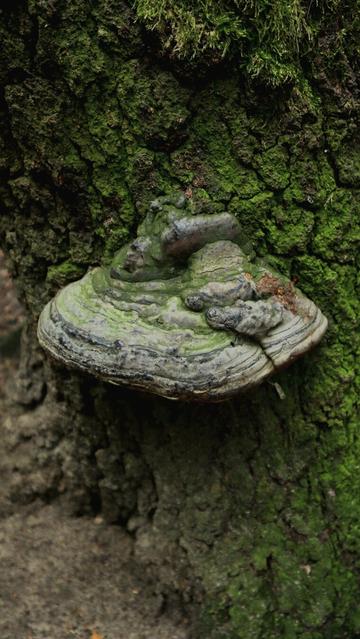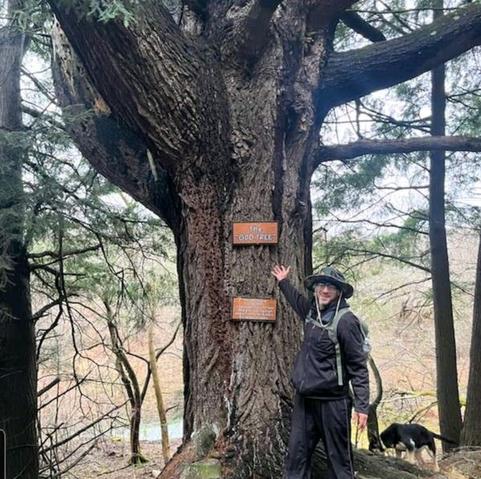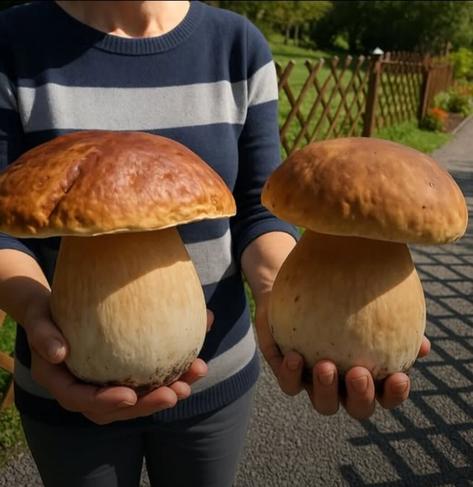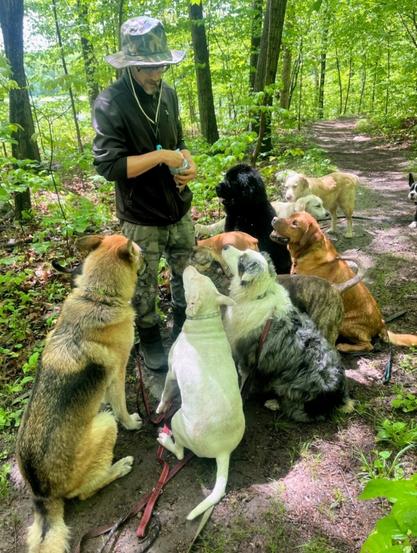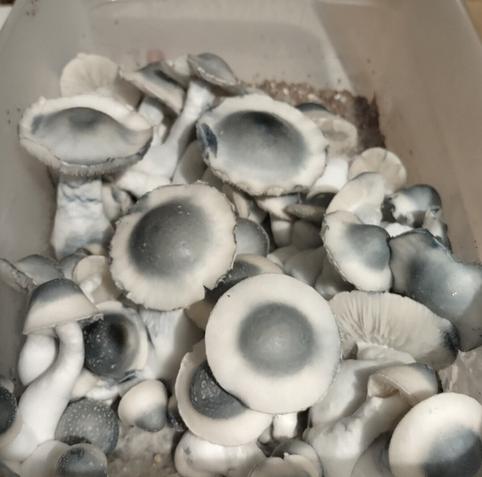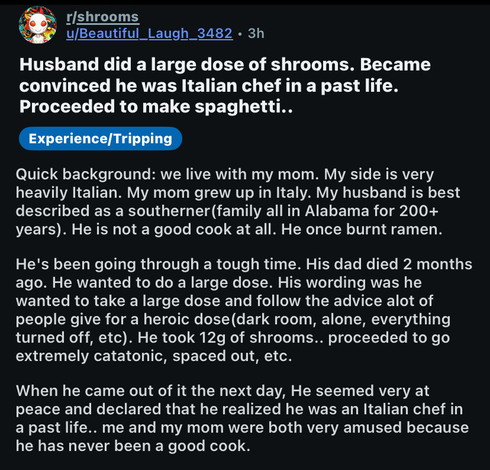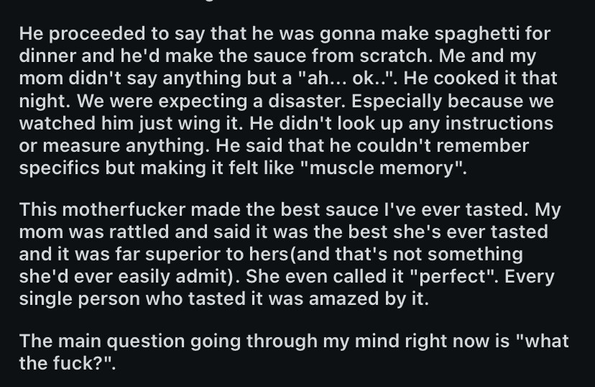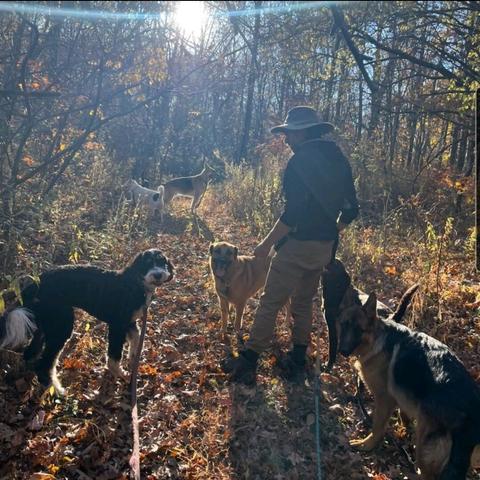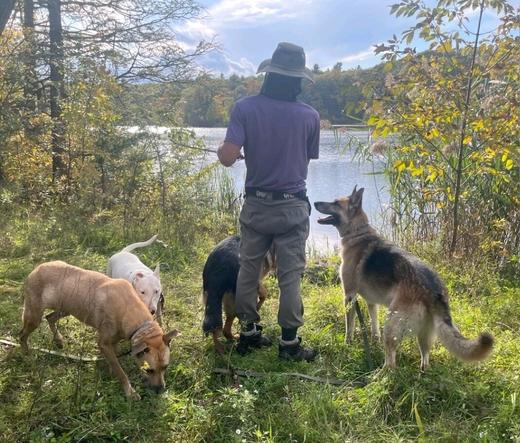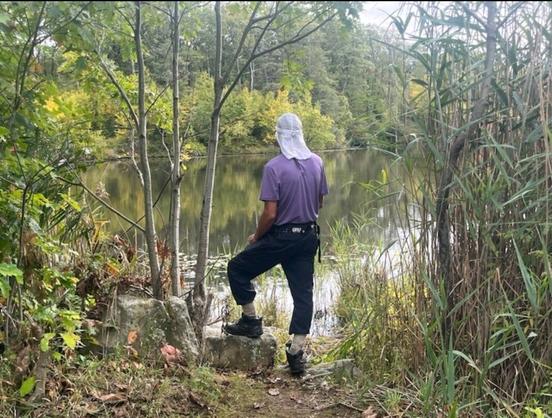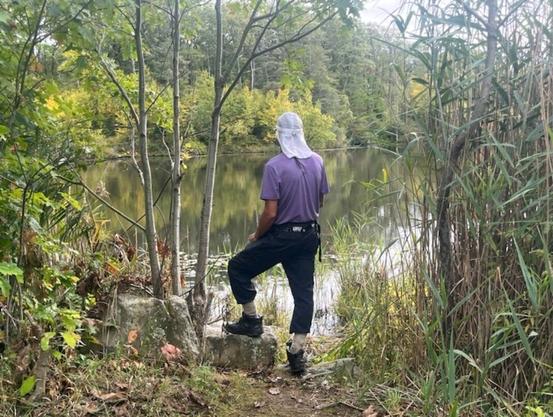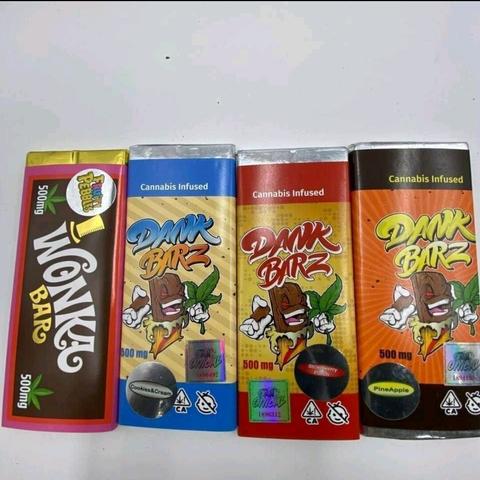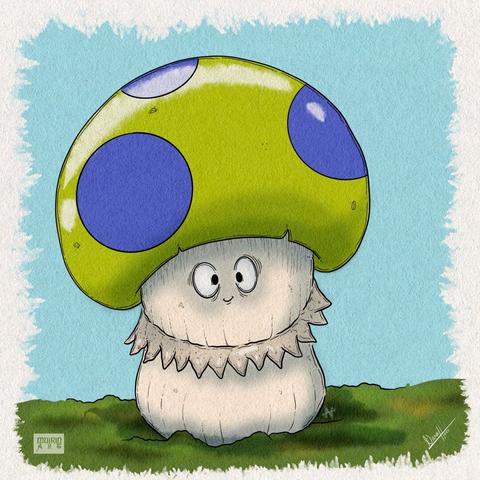Clergy in study ‘blown away’ by first #psylocybin experience. “…the vast majority of the 33 clergy who participated in the study—more than 90 percent—said taking psilocybin was one of the most spiritually meaningful and deeply sacred experiences of their lives. Almost half said it was the most profound thing they had ever experienced, period. Many of them also said it made them better religious leaders.” #religion #psychedelic #psychedelics #shrooms #spirituality
https://nautil.us/clergy-blown-away-by-psilocybin-1217112/
#Shrooms
⛪🍄 Apparently, someone thought it was a great idea to see what happens when the clergy trips on #shrooms. Spoiler: they find "deeper meaning" while the rest of us find this experiment hilariously predictable 🙄🔍.
https://nautil.us/clergy-blown-away-by-psilocybin-1217112/ #clergyexperiment #humor #deepermeaning #predictability #HackerNews #HackerNews #ngated
Visit https://microgenixshop.com
#mushrooms #shrooms #adhd-anxietydisorder #darktable #thirdeyeopen
#urbannature #astral #shrooms #steampunkfashion #psychedelic #thirdeye #dogs #lovebride
I wish psilocybin mushrooms were legal. I want to incorporate them into my religious practices. They will help me enter the spirit world, shapeshift, etc. It's a violation of freedom of religion to have them banned. #psilocybin #mushrooms #shrooms #religion #polytheism #legalize
https://microgenixshop.com
#mushrooms #shrooms #psychedelic #adhdbenefits
#darktable #naturephotography #wearefamily #mushrooms #shrooms #thirdeyethoughts
Visit https://microgenixshop.com
#mushrooms #shrooms #healthandfitness #visiteurope #thirdeyethoughts #darkness #darkside #illuminations #adhd
This has brought me so much joy this morning #shrooms
#happiness #healthandfitness #darktable #darkness #nightlights #mushrooms #shrooms #psychedelic
Visit https://microgenixshop.com
Suillus subalutaceus
https://www.mushroomexpert.com/Suillus_subalutaceus.html
Ecology: Mycorrhizal with red pine; growing alone, scattered, or gregariously; late summer and fall; originally described from Michigan (Smith & Thiers 1964); distributed in the northern Midwest and northeastern North America, south into the Appalachian Mountains. The illustrated and described collections are from Kentucky and Ohio.
Cap: 3.5-7 cm; convex at first, becoming broadly convex; sticky to slimy when fresh; innately and sparsely fibrillose; yellow when young, maturing to dull orangish brown or cinnamon brown; often featuring white partial veil remnants on the margin.
Pore Surface: Yellow, becoming brownish yellow; not bruising; pores round to angular, about 2-3 per mm; tubes to 8 mm deep.
Stem: 5-8 cm long; 0.5-1.5 cm thick; tough; equal; yellow and bald at the apex; whitish to yellowish below, with brown glandular dots; with a thin whitish ring that is often a little gelatinized at first, and later collapses against the stem, becoming grayish to brownish; basal mycelium white.
Flesh: Whitish to pale yellow or slightly orangish (but not dark pinkish orange); not staining on exposure.
Odor and Taste: Odor not distinctive; taste of flesh not distinctive; taste of cap slime mild, not acrid.
Chemical Reactions: Ammonia negative on cap surface; negative on flesh. KOH dark gray on cap surface; gray on flesh. Iron salts negative on cap surface; negative on flesh.
Spore Print: Cinnamon brown.
Microscopic Features: Spores 7-11 x 3-4 m; boletoid-fusiform; smooth; yellowish in KOH. Basidia 22-25 x 3-4 m; clavate; 4-sterigmate. Cystidia in gelatinized bundles, often poorly defined individually; 45-70 x 5-8; cylindric to clavate; thin-walled; smooth; brownish purple in KOH. Pileipellis an ixocutis of elements 2-4 m wide, smooth, hyaline to yellowish in KOH.
#mushrooms #fungi #mycology #shrooms #mushtodon #sporespondence #floraspondence
Working on my macro focus stacking with some #backyardphotography #macrophoto #shrooms
#darktable #darkness #mentalhealth #adhdproblems #mushrooms #irishroots #shrooms #battersfamily
Digital art, Procreate.
#mushrooms #shrooms #mushroom #cute #adorable #procreate #digitalart #digital #draw #drawing #digitaldrawing #art #digitalpainting #digitalillustration #illustration #painting #finland #suomi #digitaide #picofday #picofnight #muirin_art #suomitaide #taide
